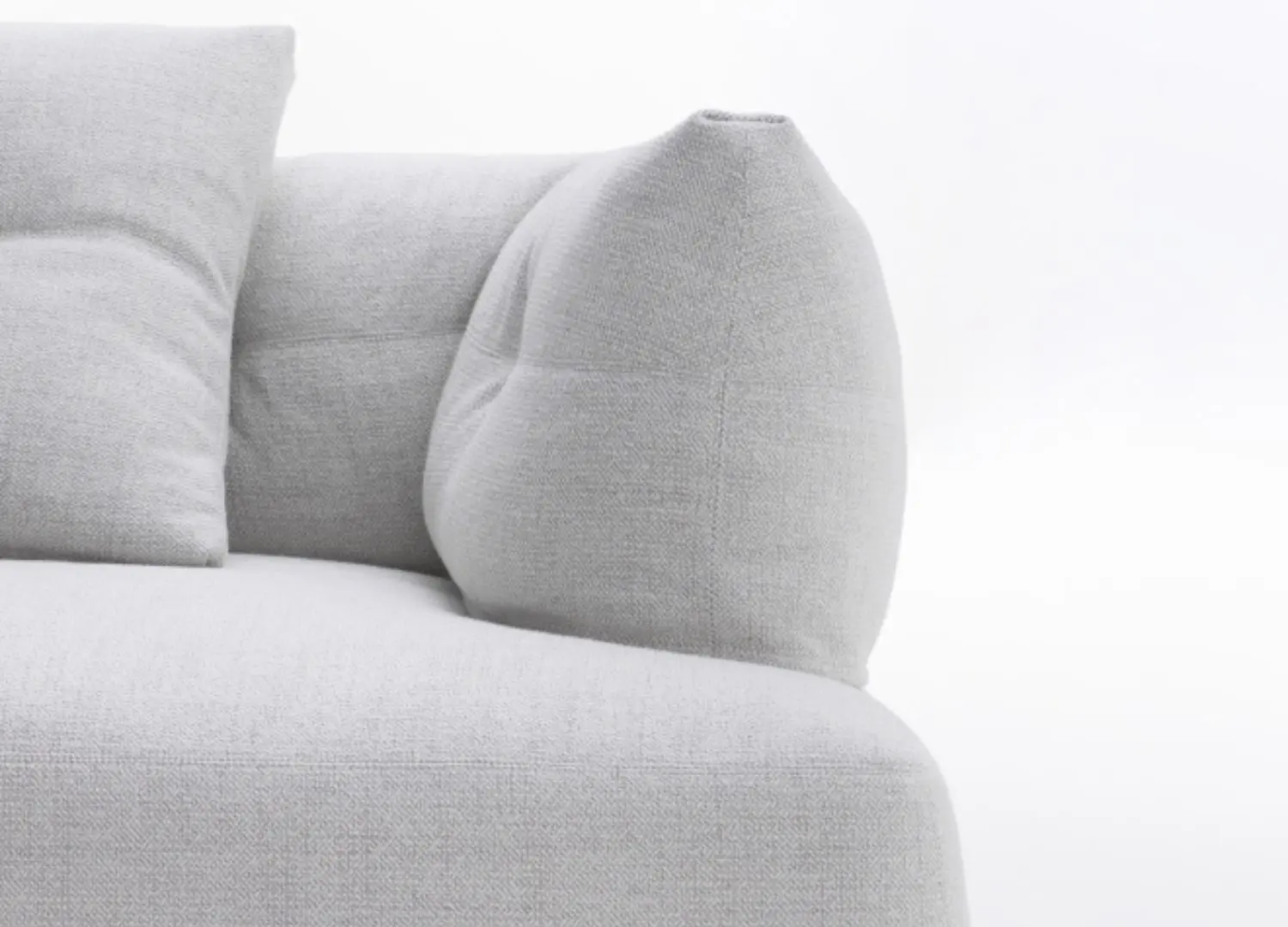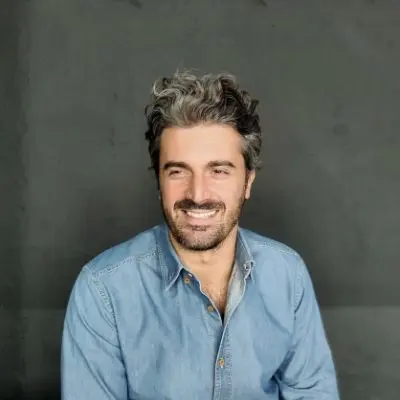Inspired by the automotive industry, where forms evoke instant emotions
Jai Jalan, a Canadian designer with a longstanding collaboration with Désirée, shared the journey that led him to create the ETHÌA sofa for the Italian company.

The world of sofas offers a wide range of solutions, catering to every taste in format, color, and material. Modularity is one of the most prominent trends in this category. Jai Jalan, whom we met at the recent Milan Design Week, shared his approach to designing ETHÌA for Désirée. This sofa aims to stand out while reflecting the designer’s sensitivity to forms, influenced by his experience in fields as diverse as automotive and yacht design.
Jalan is consistently striving to integrate organic shapes with his sofas and upholstery projects. His concept focuses on achieving maximum modularity while maintaining the organic forms for which he is renowned. Both the external appearance and the comfort of the seating are meticulously blended to create a project that is adaptable to various situations one might encounter in their home. This approach aligns seamlessly with the concept of shapes he has developed in upholstery over the past 16 years.

What inspired the creation of the ETHÌA sofa? How did this project come to be, and what motivated its development?
Jai Jalan:
“The idea for this project originated from the company‘s brief that required creating a modular design. However, I aimed to incorporate my signature organic shapes into it, featuring curves at the front, back, and sides. The backrest is designed to be exceptionally soft yet self-supporting, allowing for comfortable use even without many cushions. This means it can be used cushion-free while still offering maximum comfort and a sofa that invites relaxation.
The essence of ETHÌA sofa design is not just about providing a good seating experience, but about truly living with it and enjoying it to the fullest. It’s designed to adapt to various uses, whether you want to sit, stretch your legs, or lie down. The goal is for the sofa to be a well-loved piece in a typical home, accommodating everyday use without conforming to extreme rigidity.”

With a background in the automotive industry, what insights and skills do you carry over from that experience, and how do they influence your approach to furniture design?
Jai Jalan:
“In one word: forms speak. Forms communicate because they are what evoke emotions, and those are what I constantly pursue. This idea came to me spontaneously, but I think it perfectly captures my approach. We often forget the emotional connection we have with objects. It’s the same with cars. Why do we like them so much? Because they are shapes—pieces of metal that become living sculptures. They evoke emotions; whether a car is beautiful or not, it makes us feel something. This is the same effect I aim to achieve with my designs, whether in boats or upholstered sofas.
It’s the kind of sensation that one experiences at first sight, whether sitting on it, standing near it, or merely observing it without sitting down. It’s an experience that reveals itself over time, much like using an iPhone. This experience shouldn’t be limited to appreciating the external form but should also encompass the interaction one has with it. The same principle applies to a sofa: the type of filling, the thickness, the softness of both the cushion and the backrest. Every element must be harmonized to create the perfect design.”

How do you approach sustainability in your work?
Jai Jalan:
“In my view, sustainability is an overused term that is often misunderstood. If I design a sofa that lasts twenty years instead of one that lasts only two, I’m already practicing sustainability. By reducing the amount of labor required for production, I save time and resources, which is also sustainable. We need to carefully consider the true meaning of sustainability, rather than using it as a buzzword or trend. It’s about genuine, everyday actions with our products and lives that make a difference. We need to fully grasp what sustainability means and how to implement it effectively.
I believe companies have two options: they can either focus on researching new products or evaluate the subcontractors they work with. Subcontractors often bring valuable knowledge about new materials and their durability. Unlike the food and beverage industry, where the harmful effects of palm oil have been driven by profit, our industry isn’t yet at that level of awareness. In the furniture sector, if products that were once known for their durability no longer last, it’s essential to question the reasons behind this change.”

From your perspective, does a sofa need to remain just a sofa, or can it evolve into something more with the advent of new materials and technologies?
Jai Jalan:
“When considering whether a sofa can be more than just a sofa, I believe its fundamental purpose doesn’t change significantly. We still need to prioritize comfort and ergonomics to meet human needs. The sofa’s primary role is to provide seating, and as humans have evolved from Homo erectus to Homo sedens, this function remains essential. My philosophy is to “be simple” and adhere to “KISS” – Keep It Simple and Sustainable, whenever possible. I believe a sofa should not be overcomplicated or burdened with too many functions. However, if someone can invest in a high-quality sofa, they will notice a significant improvement in their living experience and overall perception.”









